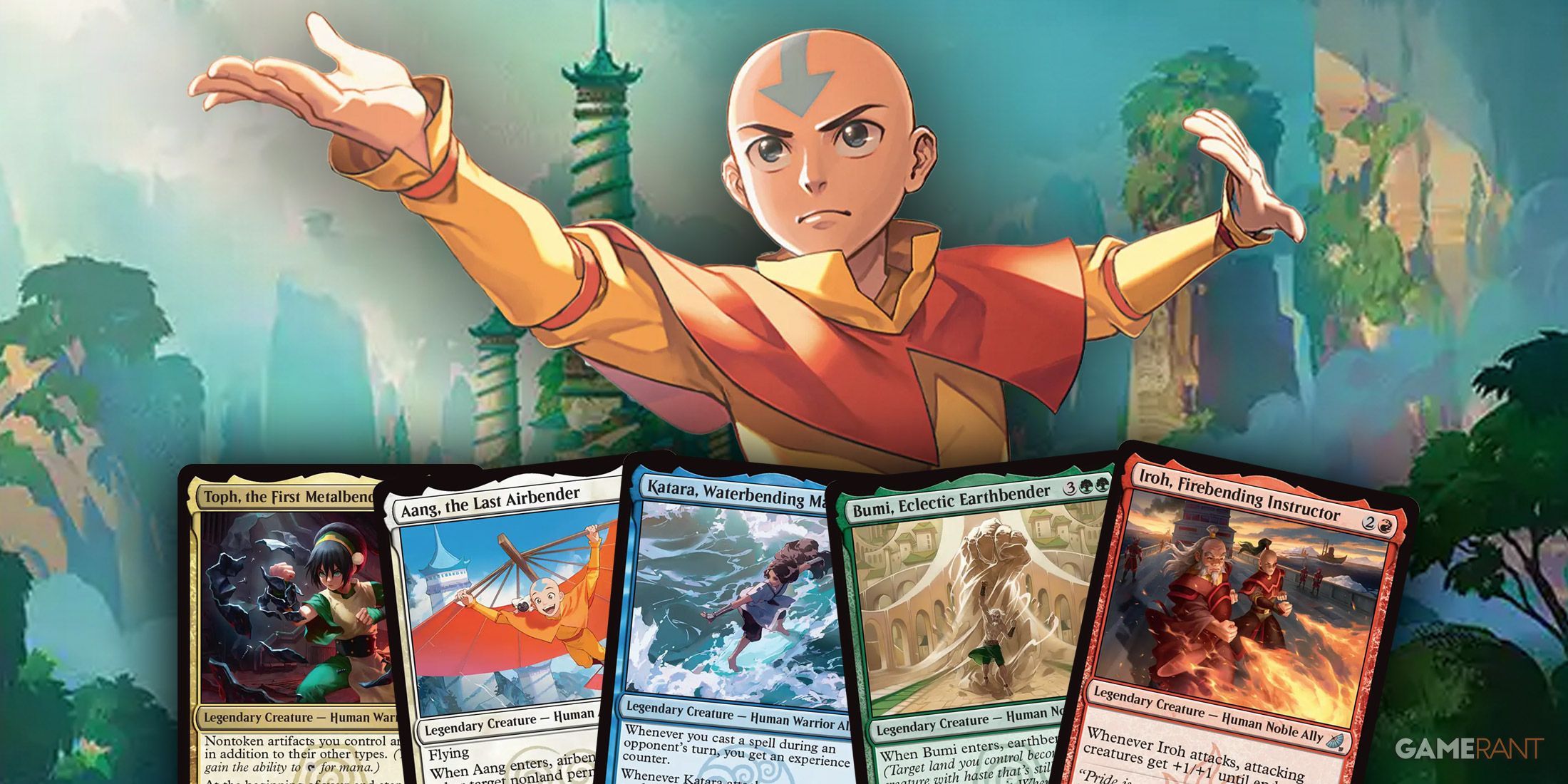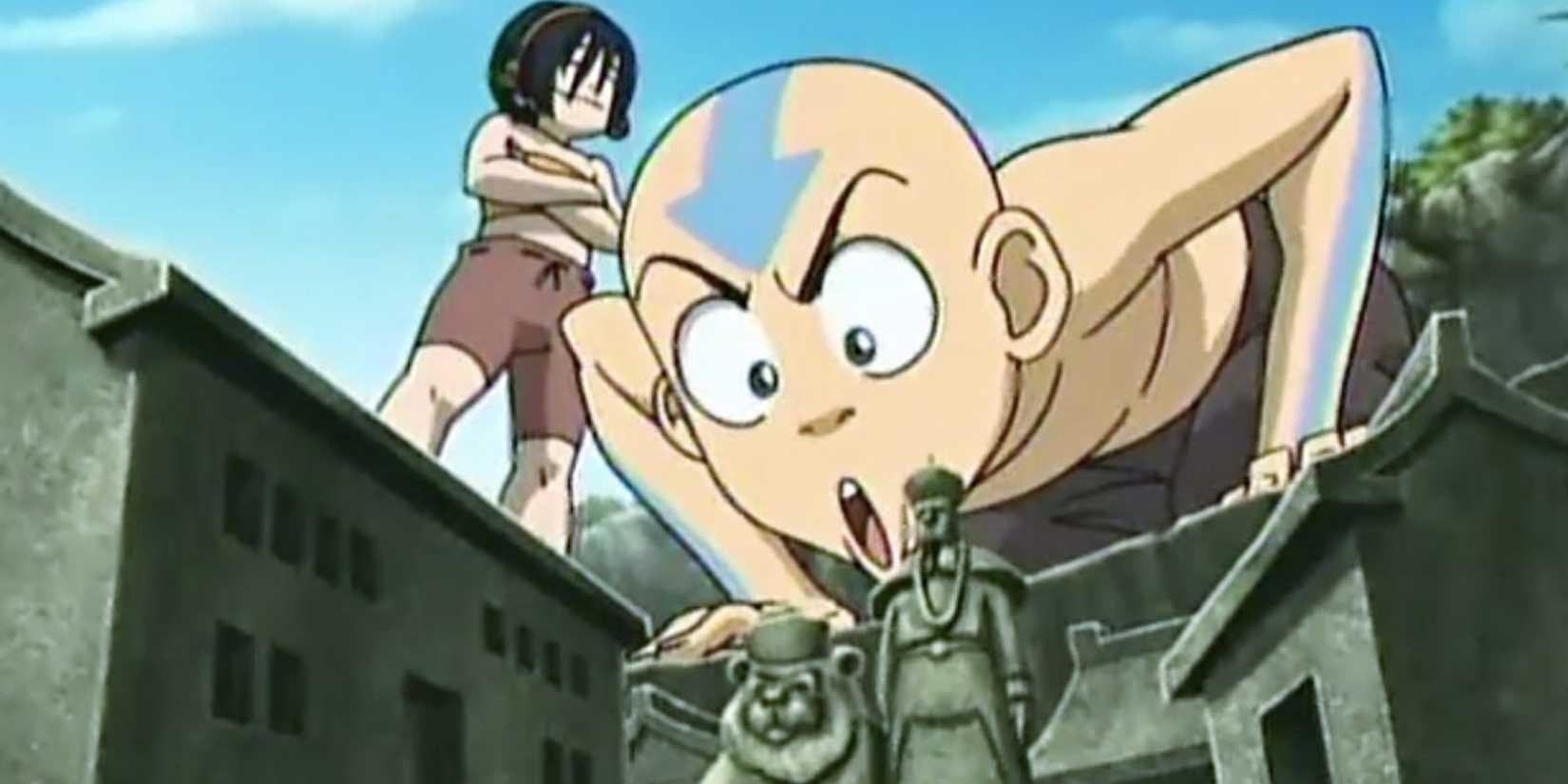Bending the Rules: Why the Magic: The Gathering Avatar Set Mechanics Are Already Bittersweet
Popular Now
 Minecraft
Minecraft
 Call of Duty
Call of Duty
 The Legend of Zelda
The Legend of Zelda
 Stumble Guys
Stumble Guys
 Valorant
Valorant
 CarX Street
CarX Street
 League of Legends
League of Legends
 Grand Theft Auto V
Grand Theft Auto V
 NBA 2K24
NBA 2K24
 Genshin Impact
Genshin Impact
![]()
The crossover between Magic: The Gathering and Avatar: The Last Airbender is one of the most anticipated collaborations in recent memory. Announced as the final major release of 2025, the set, which is scheduled for a debut stream on October 28th and a full release on November 21st, has already started to reveal its core mechanics. Wizards of the Coast, through early spoilers, has shown that the set will feature a number of new abilities based on the four elements: Airbending, Waterbending, Earthbending, and Firebending. While these mechanics are a flavorful and exciting way to bring the world of Avatar to life, a closer look reveals a bittersweet truth: they represent a design philosophy that is likely to be fleeting, making the set a beautiful but singular moment in the game’s history.
The Universes Beyond initiative has been a massive success for Wizards of the Coast, bringing popular franchises into the Magic fold. However, as the company has moved to make these sets Standard-legal, there has been a push for mechanics that are less tied to a single, outside IP and more integrated into the game’s core. The bending mechanics, while ingenious in their design, are so deeply intertwined with the Avatar source material that it’s highly unlikely they will ever be revisited in a future set. This makes the cards from this set feel both special and isolated, a one-of-a-kind experience that will stand alone in the history of Magic.
 The Genius and the Ephemerality of the Bending Mechanics
The Genius and the Ephemerality of the Bending Mechanics
Each of the bending mechanics is a brilliant encapsulation of its respective element from the show. For example, “Waterbending” is an activated ability that allows you to pay costs by tapping creatures or artifacts, representing the resourceful and flowing nature of water. “Earthbending” lets you animate lands, turning them into creatures with a toughness boost, a perfect nod to the grounded and resilient nature of Earthbenders. “Firebending” grants a burst of temporary red mana, incentivizing aggressive plays and combat tricks, just as a Firebender would use their power for explosive attacks.
- Airbending: This mechanic allows you to exile a nonland permanent you control and recast it for two generic mana. This perfectly captures the evasive and agile nature of Airbending, allowing for tricky plays and a constant stream of value. It’s a great way to re-use “enter the battlefield” triggers or simply dodge a removal spell.
- Waterbending: This mechanic, seen on cards like Katara, is an activated ability that lets you pay costs by tapping other creatures or artifacts. This speaks to the adaptability and synergy of Waterbending, as it uses the existing resources on the board to fuel a variety of effects.
- Earthbending: This mechanic, a key part of Toph’s card, allows you to turn your lands into creatures. It’s a powerful and flavorful ability that rewards a board-centric strategy and gives your lands a temporary new identity, reflecting the idea of bending the very earth beneath you.
- Firebending: This aggressive mechanic gives you an extra burst of red mana when the card attacks, but that mana can only be used before the end of combat. It’s a risk-reward system that encourages you to go all-in on an attack, capturing the fiery and impulsive nature of Firebenders.
 The Bittersweet Feeling of a Singular Design
The Bittersweet Feeling of a Singular Design
The problem, and the beauty, of these mechanics is their specificity. A mechanic like “Airbending” would feel completely out of place in a set not themed around the Avatar universe. It’s a flavor-first design that works perfectly for this one set but has no place in the larger Magic design philosophy. This means that once the Avatar set leaves Standard, these mechanics will likely never be seen again. This is in stark contrast to other recent Universes Beyond sets, like Final Fantasy, which introduced mechanics that were more easily adaptable, such as “Summoning” which is simply a rebranded version of a well-known ability.
This is where the bittersweetness of the set comes in. On one hand, it’s a testament to the dedication of the design team to perfectly capture the essence of the source material. On the other hand, it means that the set’s unique identity will be forever confined to this one release. It will be a set that is a joy to play and explore for a time, but its mechanics will not live on to influence future design. It is a beautiful but finite experience, a snapshot of a beloved world in card form, but one that will not become a permanent fixture in the game’s ever-evolving ecosystem. As we get closer to the release, we can celebrate the incredible flavor and design of these cards, but at the same time, we’ll know that we’re enjoying a fleeting moment of brilliance, a flash of creative genius that will be a one-time affair.









